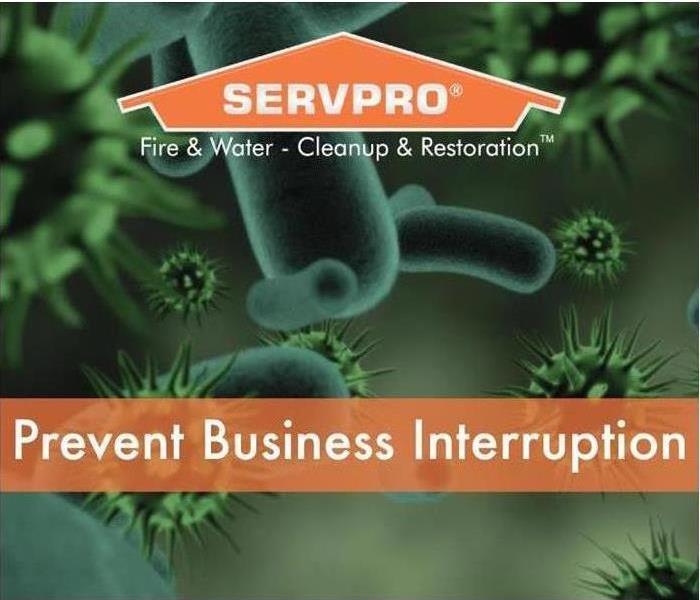3 Reasons to NOT use Bleach for Mold Remediation in Your Home or Office
8/23/2022 (Permalink)
 From mold to biohazard contaminants, SERVPRO of Venice is here to help your home or office get back to "Like it Never Even Happened®".
From mold to biohazard contaminants, SERVPRO of Venice is here to help your home or office get back to "Like it Never Even Happened®".
When you think about cleaning, we often immediately think of bleach? You are not alone as we have been taught, and sold on, that this is a product that can effectively remove most dirt and contaminants when used appropriately.
However, the mold remediation cleanup operation in your Venice Florida area business or home is not one of those times. Read on to learn why bleaching can be counterintuitive towards your anti-mold efforts.
Not effective in Porous Surfaces
Bleaching products are meant to use on non-porous places. They are not effective if the mold's roots grow and develop on various porous surfaces, such as the following:
- Wood
- Carpet
- Drywall
- Ceiling tiles
Unlike the main active ingredient of chlorine, the bleaching agent's water component can seep into the pores. This specific reaction actually feeds the roots and encourages further growth. So, using bleach on porous surfaces not only fails to cleanup mold, but it also increases the damage to your commercial location.
Toxic to the Business's Environment
The use of bleach in your fungus cleanup can also leave behind a toxic aftermath due to chemical odors and gasses it puts off. This substance releases dangerous fumes that can potentially harm your employees, your clients and the overall environment. Misuse of this agent can also discolor and damage certain parts of the building. In contrast, mold remediation technicians use approved safety equipment and tools to keep more effective cleaning measures from harming clients, employees, and the property itself.
Weakens Over Time
Another drawback with bleaching solutions involves their temporary effects. Chlorine tends to evaporate fast, even when the product has not left its plastic container. The decrease in chlorine from the cleaner can lead to the chemical's potential failure to eradicate mold incidents. In addition, the leftover water can create greater problems, feeding the fungus you are trying to eliminate.
While bleaching your properties affected location may seem like a good idea for a mold removal, it just should not be used. Contact SERVPRO of Venice or any other local, vetted, and licensed mold remediation company that provides you with an estimate and project plan to remediate the mold.






 24/7 Emergency Service
24/7 Emergency Service